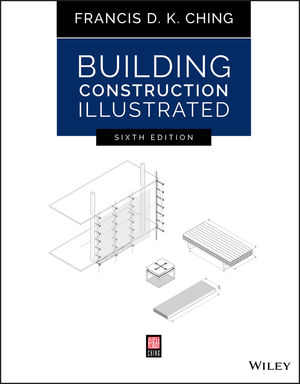New York City Ranks #1 on 2020 Clean Energy Scorecard

The scorecard ranks Augusta, Ga., lowest of the 100 U.S. cities surveyed.
Map courtesy of ACEEE
Only 20 of 100 U.S. cities surveyed in the 2020 City Clean Energy Scorecard have community-wide greenhouse gas reduction goals and are on track to meet them, according to the American Council for an Energy-Efficient Economy, which released the scorecard Oct. 6. New York City took first place in the ranking of major U.S. cities taking GHG reduction actions, spurred in part by a new law ensuring upgrades of many inefficient buildings, says ACEES. The city with the lowest score is Augusta, Ga.
The scorecard analyzes the efforts of those cities—home to 19% of the nation’s population—to improve energy efficiency in buildings and transportation systems and to expand the use of renewable energy.
Bottom-scoring cities’ policy efforts have either stagnated or not started; these cities are years behind the leaders, says the scorecard. Wichita, Kansas, is #99. Oklahoma City and Baton Rouge, La., are tied for 97th place.
The survey, expanded from 75 cities last year, found that 20 cities are now on track to meet their own community-wide greenhouse gas emission reduction goals—nine more than a year ago. The remaining cities are either not on track, haven’t provided adequate data or have not set a goal.
“Many cities are really seizing the moment and embracing policies that help them fight climate change, while too many others are, frankly, doing very little,” said David Ribeiro, director of ACEEE’s local policy program and lead report author, in a release.
Top 10 Cities
Boston and Seattle tied for second place and Minneapolis and San Francisco tied for fourth. The top 10 cities, which also included Washington, D.C.; Denver; Los Angeles; San Jose and Oakland, Calif., embraced new actions, says the report. Boston and Los Angeles updated codes to require new buildings be pre-wired for electric vehicle charging stations at more parking spaces. San Francisco convened a network to work with marginalized communities to establish equitable zero-emissions residential building strategies.
St. Paul, Minn., (#16) was the most-improved city, taking key steps to improve efficiency of existing buildings, reduce total vehicle miles traveled and embrace renewable energy. St. Louis (#28) was the second-most-improved city; in April, it became the third city in the country to require large existing buildings to meet a performance standard.
Many cities are encouraging electric utilities and state regulators to increase the use of renewable energy in the power system, said the report. Twenty-four cities submitted comments on public utility commission proceedings, entered into utility partnerships, enacted community choice aggregation programs or participated in planning efforts with utilities.
The scorecard, first published in 2013, is based on data collected from cities, utilities and numerous publicly available sources. The survey measured policies or programs that achieve one or more of the following: Accelerate the adoption of energy-efficient and renewable energy technologies; directly reduce end-use energy consumption or increase use of renewable energy; establish or enforce mandatory or voluntary performance codes or standards; provide funding for energy efficiency and renewable energy programs; set long-term commitments to reduce GHG emissions, save energy, and/or use renewable energy; and reduce market, regulatory, and information barriers.
Cities were rated in five categories. Building operations and transportation policies could each receive as many as 30 points. Community-wide initiatives and energy and water utilities could each receive 15 points. Local government operations could receive 10 points.
Government staff members from all 100 cities were given the opportunity to comment on a draft of the findings.





